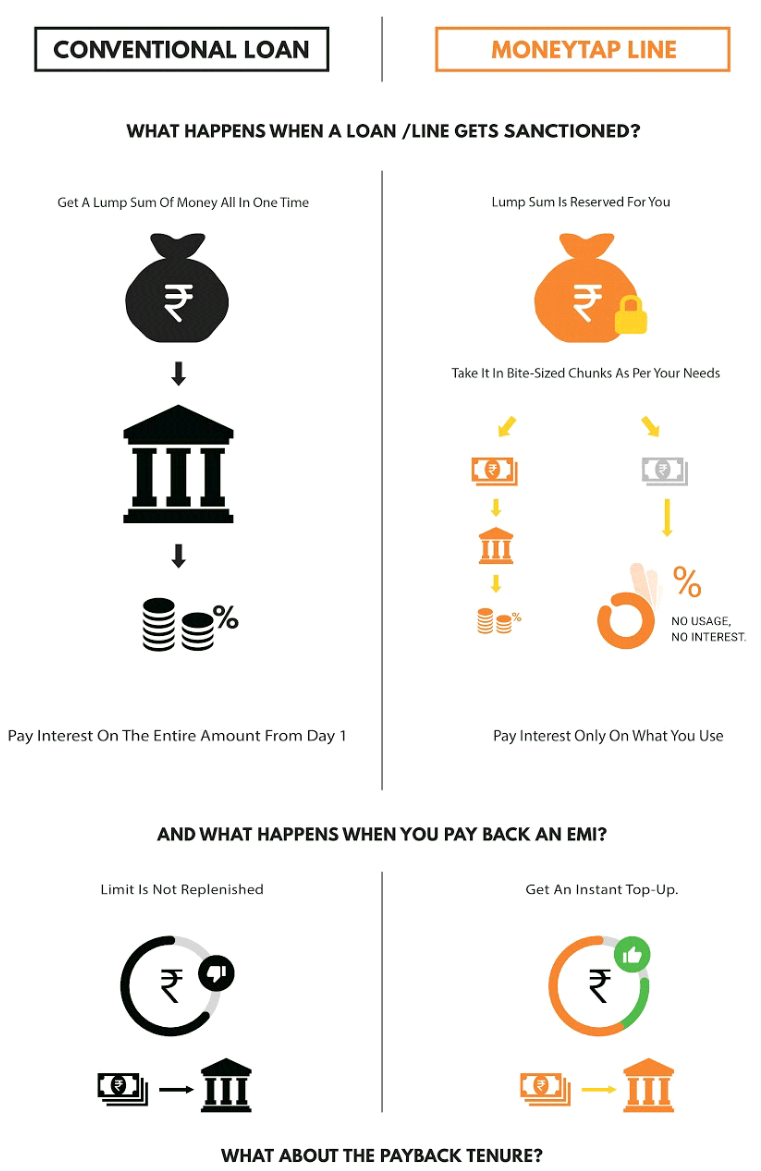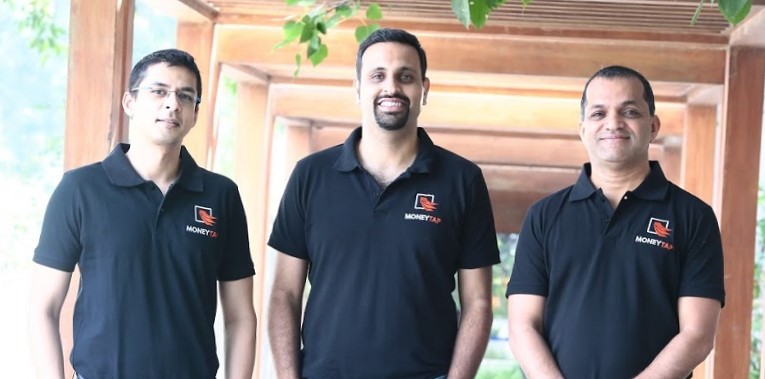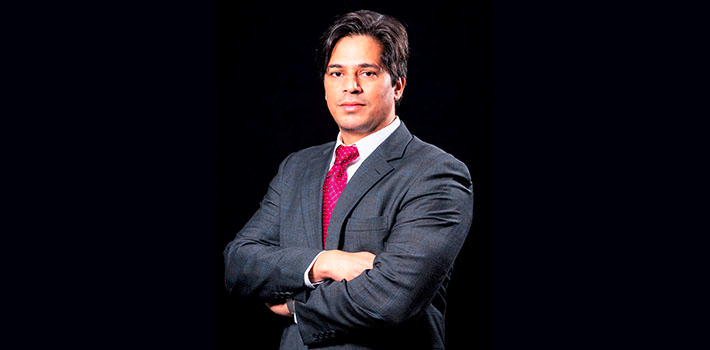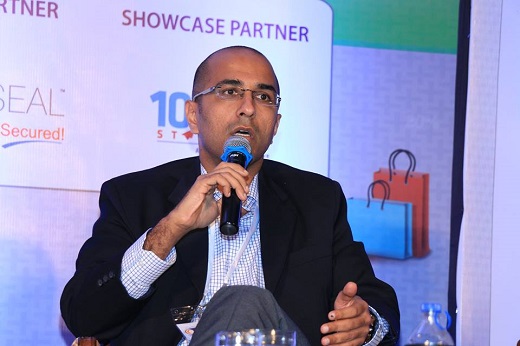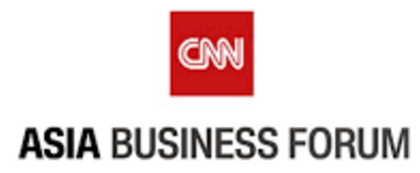As per a report released by Economic Times, the unused goods market is likely to cross Rs. 115,000 crores. As per Assocham, whether consumer goods like electronics, durables or automobiles – used cars, or the industrial machinery in the capital goods sector the options of re-usage are being considered more actively than ever before. Also, it was indicated that Stocking items is very prominent among Indian households [Source]. With the increased penetration of 4G, falling rates of smartphone [at least before GST goes live], increase in disposable income, etc. more & more Indians prefer the online medium for shopping. This is mainly due to the hefty discounts offered by online retailers, ease, convenience and experience associated with online shopping
Along with Tier-1 cities, e-commerce growth has also been observed in Tier-2 & Tier-3 cities mainly due to growing aspirations & limited access to brands. When it comes to used goods marketplace, the biggest testimony of the market was when Amazon forayed into the used-goods market [via Junglee] thereby allowing individuals to sell their used stuff on Amazon. Though there are couple of players in the used-goods marketplace, there is not a single marketplace for selling Industrial goods, Jewelry & gems, musical instruments, etc.
Currently sellers don’t get enough Ad displays despite paying for Premium ads due to very high volume in paid category as well. These are some of the lingering problems that Zamroo, a startup in the C2C segment aims to solve. Zamroo is to a one stop shop for buying and selling used products where practically anyone can trade anything, anytime, anywhere in India.
Today we have a chat with Rakesh Kapoor, Founder & CEO of Zamroo. So lets get started with the Q&A…
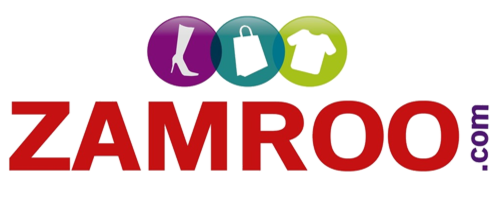
How did you come up with the idea of venturing into used goods marketplace ?
I came up with this idea while I was working in Australia, for example if you wish to change a car, or replace your existing furniture in Australia, it just takes less than 24 hours to sell yours and buy new one by using similar platform like Gumtree and it was unbelievable simple and straight forward. We had huge number of professionals which were on the move, for them buying new products was not making sense, hence they can buy everything which a typical household needs in fraction of the original cost and they resell it again when they are leaving. Another fact of C2C space is in the western world 60% of the population uses these platforms on the monthly basis, that shows the importance of these platforms.
That’s where we got the idea and felt that it is a necessity of having similar platform in India and we started working on the same and build Zamroo ground up taking into account Indian behavioral eco system. Indian C2C market is still at nascent stage as even today we have less than 4-5% of population using such systems due to limited number of platforms and the awareness of such platforms especially in Tier-2 & Tier-3 cities
Can you share some details about the team behind Zamroo ?
Zamroo team are a tight knit group of business leaders, techies with average experience of 20+ years globally.
How much is the overall market size of used goods marketplace ?
USD 75 billion as per KPMG report.
What are some of the items that can be sold on Zamroo ?
‘One can sell from needle to aeroplane on Zamroo’…thats you can find in our tagline “Everything Sells”. You can download the Zamroo app from Google Playstore or Apple store here and here
Zamroo is a very different name, can you let us know how did you come up with that name and what are some of the options that were considered in naming the startup.
Finalizing a name took us more than 2 months of extensive research as we wanted a name which is short, distinctive, easy to pronounce, easy to memorize & should be easily convertible into foreign languages. Lastly it should be capable of legal protection and registration.
On all these parameters set by us….Zamroo name fits perfectly.
Snapdeal acquired used goods marketplace Shopo couple of years back, but the idea did not take off. What according to you are some of the USP’s of Zamroo from other such sites like Ebay, Greendust, OLX, etc.
There are couple of unique buying and selling patterns of Indians, for e.g. They want to sell 4 Lac rupees item [eg. Car, etc.] but do not want to spend 2 minutes in Ad listing which is very unique to Indian consumers. To address these concerns we have build our mobile apps uniquely i.e. They can Post Ad in just less than 30 seconds while we capture all the possible information from the seller which are likely help buyers to make a deal. Additionally we are working on few unique features for safe buying and selling and to build trust in Zamroo community.
What are some of the mediums i.e. WhatsApp, Twitter, etc. via where sellers can sell/post goods [for sale] on Zamroo ?
Currently sellers can post their listings via Web, iOS app and Android app….that too in less than 30 seconds however they can share their listings via Facebook, Twitter, Pinterest or Whatsapp in one single click.

Can you stress on some of the steps taken by the back-end team to ensure that high quality products are sold on Zamroo ?
Zamroo has built the automation system which ensures that unauthorized listings are not published, we have a quality control team which reviews these listings and based on its credentials either it is rejected or approved. All these listings are reviewed individually.
Who are the logistics partners of Zamroo and how do you ensure that the ROR [Rate Of Return] is kept to the minimum in order to maximize revenues ?
Zamroo is online marketplace for used goods, if buyer is interested they can connect with sellers directly over phone, email, SMS and decide the next course of action i.e. They can have the negotiations among them and Zamroo is not involved in that discussion. Zamroo does not charge any fees either from the buyers or the sellers.
Please walk us through funding of Zamroo [Self/Angel/VC] and are you looking out for external funding ?
Currently Zamroo is self funded by the promoters as we believe that India has huge market for such product, hence promoters not only infused the funds but also invested three years of their time to build the world class product.
As Zamroo is now expanding, we are seeking Series-A funding from Investors.
Many e-commerce companies are now pushing for omni-channel presence, does Zamroo also have plans to enter into offline as well [especially for big ticket items like Fridge, Washing Machine, Laptops, etc. or other items that require touch & feel] ?
Yes, Zamroo also has plan where sellers can leave their product and buyers can view that item in that shop/warehouse and if they liked the product they can buy the product then and their itself. With this approach sellers and buyers are safe and it will be hassle free for both the parties.
We would like to understand the customer [i.e. Age, Cities Tier-I,Tier-II, etc.] as well item demographics on Zamroo i.e. Which items sell the most on Zamroo and where does the major chunk of active customers come from on Zamroo.
Till recently our majority of the visitors were coming from Tier-1 cities however we are seeing increase in traffic by 30% from Tier-2 & Tier-3 cities since last 2-3 months as acceptance of digital platforms got the boost after demonetization. Most of the customers visiting Zamroo are less than 35 years old.
Does Zamroo also provide ‘Try & Buy’ facility for it’s customers especially items like clothing, shoes, etc.
No, Zamroo doesn’t offer any such service as most of the products sold on Zamroo are used products.
Is Zamroo a pure C2C [Peer-To-Peer] marketplace for used goods or you also stock fast-shipping items in the warehouse ?
Zamroo is pure C2C marketplace for used goods; we do not stock any item in the warehouse whatsoever.
There is growing competition in used-goods marketplace where there are vertical marketplaces like Droom [Automobiles], GreenDust [Electronics], GoZefo [Furniture], etc. and horizontal marketplaces like OLX, Quikr, Kraftly, etc. how does Zamroo ensure that it stays ahead of the growing competition in providing excellent service [goods] at competitive pricing ?
Zamroo platform is already ahead of the competition, we are continuously innovating new ideas and our team is working hard to ensure that we stay ahead of the curve in terms of technologies, customer service and innovation.
2017 so far has not been good for e-commerce with Snapdeal laying off employees, funds drying up, huge cash-burn; how according to you should entrepreneurs deal with such adverse situations.
There are serious flaws in various business models especially in eCommerce [B2C] space which looks very attractive on papers but actually they are not; typical examples are Flipkart, Snapdeal. More importantly we feel they have excess manpower, hence you are seeing those corrections at the moment.
Media to some extent has been responsible for rise of entrepreneurs, but they focus on valuations whereas there are many bootstrapped entrepreneurs who are not looked on, any tips on how media can do a better job of focusing on right stuff ?
Yes, we agree. Media plays a big role in the rise of entrepreneurship but they are just focusing on valuations rather than the product or it’s potential. For example, in India in C2C used goods space we only have OLX & Quikr and India needs at least 6~7 more credible players to address the market requirements as on every 20 million population one such platform is needed.
Online commerce has been so far about discounting, customer acquisition, etc. how do you see 2017 panning out for the online commerce, hyper-local & used goods marketplace sector ?
Let us give you our view point on each of these sub-verticals individually
Online Commerce – We need more online commerce players as we still have less than 10% online users visiting these platforms. If they promote their products in Tier-2 & Tier-3 cities their volumes can grow by 25-30% YOY.
Hyper-local – It’s not taking off as most of these companies are engaging the local service guys to provide service, they need to change the strategy for e.g. They should provide training to these service providers on regular basis, get the security checks done for them and also provide them the training to enhance the skills, than only they can maintain the quality.
Used goods marketplace – There is huge potential in this space as we still have less than 5% Internet users using these platforms, despite we have only 5% users using these platforms they are oversubscribed. For example, If you post your Ad on top two platforms, your Ad will be on 4th or 5th page in less than 15 minutes, which reduces your chances of selling. This even applies to Paid Listings, so the sellers are looking for more alternatives to list their products that’s where Zamroo perfectly fits in.
Initial customer acquisition is mostly built on discounting model, any other methods that entrepreneurs can follow to gain more customers keeping the burn-rate to the minimum [ensuring that transactions are repetitive instead of one-time].
As Zamroo is an online marketplace for used goods and transaction is happening between buyers and sellers directly, hence discounting doesn’t apply to us. Zamroo has more than 38,000 sellers signed up on the platform, primarily by social media and SEO only and we haven’t burnt huge cash as competitors did to attract customers as we believe in quality of our product and need of the market.
There has been lot of hue & cry about capital dumping, can you share your views on the same [and how fierce competition is necessary for the upliftment of the online sector] ?
We don’t think Indian companies are used for capital dumping, in our view investments by foreign investors should be used for building world class product and taking it to global level. We can also build another Microsoft & Google if investors are little visionary.
As per your entrepreneurial experience, when should an entrepreneur look out for external funding ?
The right stage for external funding is when the company is in early stages of revenue growth.
Some books that you highly recommend for entrepreneurs
I would like to recommend Zero to One by Peter Thiel & The 4-Hour Workweek by Tim Ferriss.
Entrepreneurs you highly admire and some traits of their’s that you would like to imbibe.
John Gabbert of Pitchbook and I admire him greatly for his perseverance, persistence.
Any closing thoughts for our readers ?
For Entrepreneurs, no matter what how difficult is the economy or getting the investors in the difficult times, at the end of the day good product, good management team, right product will always get funded.
We thank Rakesh Kapoor for sharing his insights with our readers. You can access Zamroo via Web, Zamroo iOS App and Zamroo Android App. Do give Zamroo a spin and share your experience in the comments section. If you have any questions for Rakesh & Zamroo Team, please email them here or share them via a comment to this article.







